Small, stealthy, and deadly, attack drones smuggled deep into enemy territory are transforming modern warfare. Recent operations in Russia and Iran, detailed in a New York Times report, reveal how Ukraine and Israel have weaponized covert drone deployments, catching adversaries off guard and forcing them to rethink defense strategies.
A New Era of Covert Drone Warfare
In early June, Ukraine executed a stunning strike, deploying 117 drones to destroy over 40 Russian warplanes at military bases thousands of miles from its border. These drones, secretly planted months earlier, showcased a blend of classic espionage and cutting-edge technology. Similarly, on June 13, 2025, Israel struck Iranian missile and air defense systems using drones smuggled into the country by intelligence operatives. The NY Times notes that some of these were likely quadcopters, small but capable of carrying bombs.
“This means that Iran not only has to look west, to see what’s coming, but it also needs to look inside,” said Assaf Orion, a retired Israeli brigadier general, highlighting the strategic advantage of internal drone launches.
Technical Edge and Operational Challenges
The drones’ compact size—some as small as a few feet across—makes them ideal for smuggling, often in parts to evade detection.
Farzan Sabet, an analyst at the Geneva Graduate Institute, explained, “Drones are just instruments, and the way they can be used comes down to your sophistication and your creativity.”
This modularity allows operatives to assemble drones on-site, amplifying their surprise factor.
However, these operations demand years of intelligence work. Israel’s mission involved commando operations in Tehran, while Ukraine’s required infiltrating Russian territory. Both faced significant risks, with details of their methods closely guarded to protect sources.

Implications for Global Defense
The success of these tactics signals a shift in warfare. Adversaries must now defend against internal threats, straining resources. Iran’s multilayered air defense, designed for 360-degree threat detection, failed to stop Israel’s drones, raising questions about its effectiveness against low-altitude, covert attacks launched from just a few miles away.
Countermeasures are evolving. Low-tech solutions, like hardened covers for military assets, could help, while advanced systems—such as drone-jamming technology or precision interceptors—are under development. Sabet predicts, “This is just a taste of what’s to come,” suggesting drone smuggling will inspire copycat strategies until new technologies emerge.
Industry and Policy Shifts
For the Drone Industry, these operations underscore the dual-use nature of UAVs. Manufacturers may face stricter export controls as governments seek to curb the proliferation of weaponizable drones. Recreational and commercial pilots could see tighter regulations, especially for quadcopters, which are now proven tools of war. In the U.S., where the FAA already restricts drone use near sensitive sites, these events may prompt further scrutiny.
Economically, the demand for counter-drone systems is surging. Companies developing detection and neutralization tech could see growth, with global spending on such systems projected to rise. For drone professionals, staying compliant with evolving laws while leveraging UAVs for legitimate uses will be critical.
Looking Ahead
The operations in Russia and Iran mark a turning point. “The technology is impressive… but the human intelligence side of it, that’s more incredible,” Sabet noted. As drone warfare advances, the race to outsmart these stealthy weapons will reshape military and civilian drone landscapes alike.
Discover more from DroneXL.co
Subscribe to get the latest posts sent to your email.
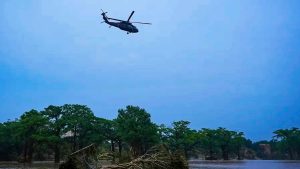


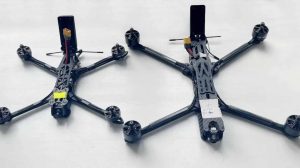


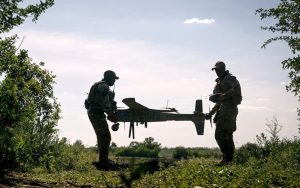

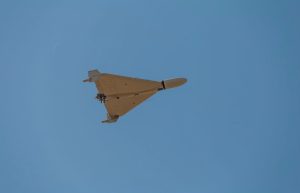
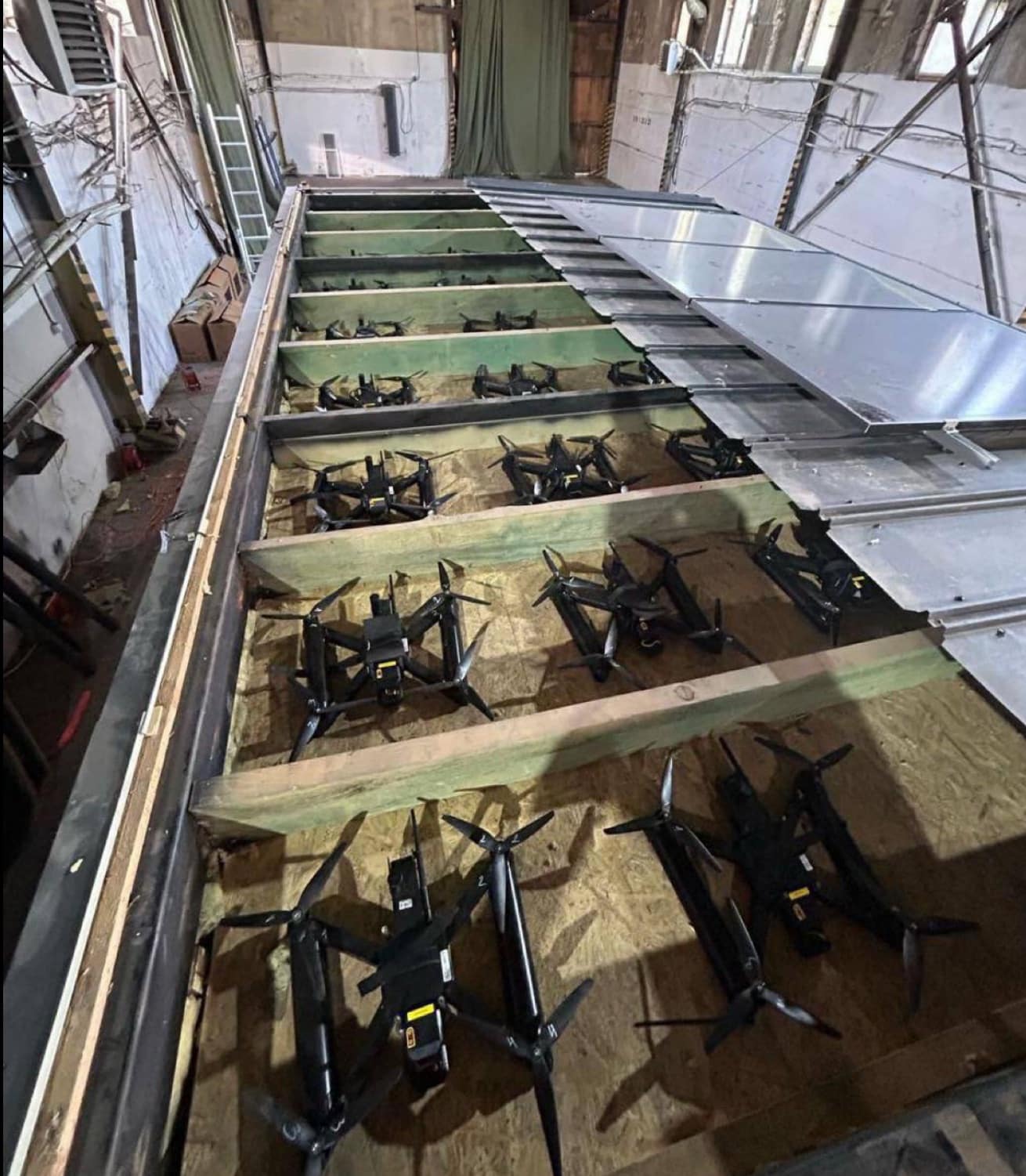
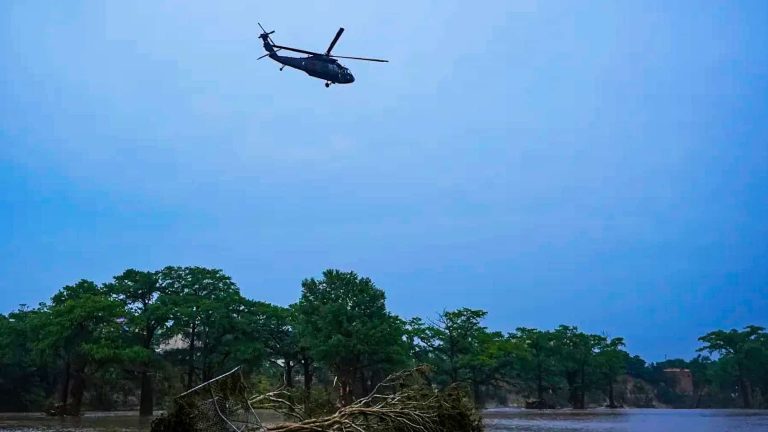




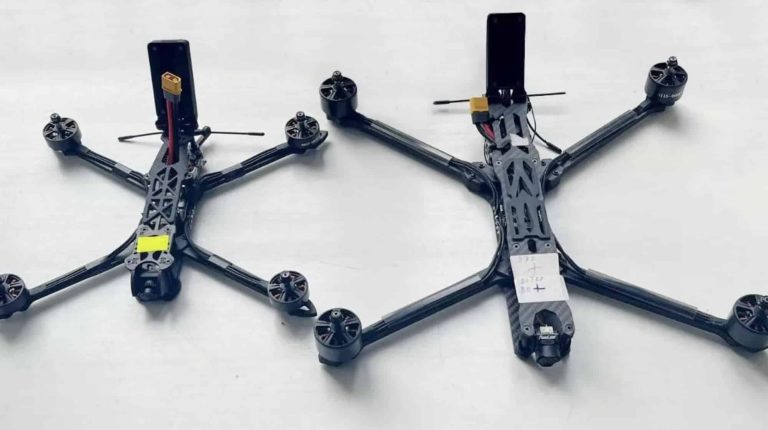
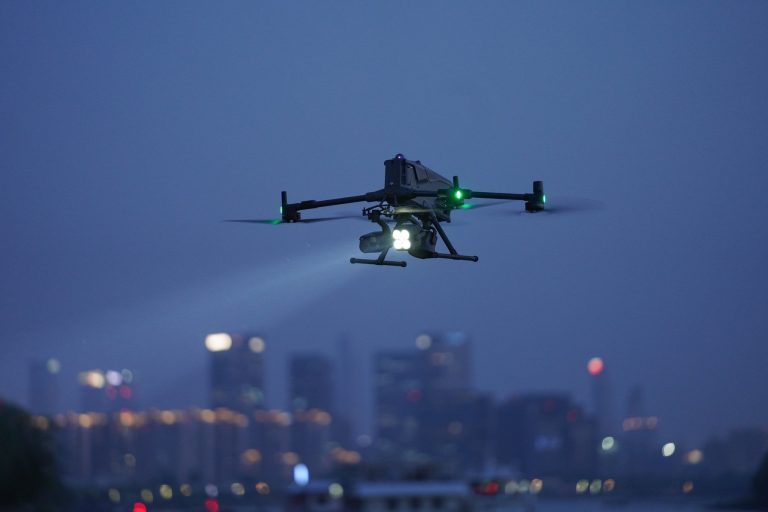
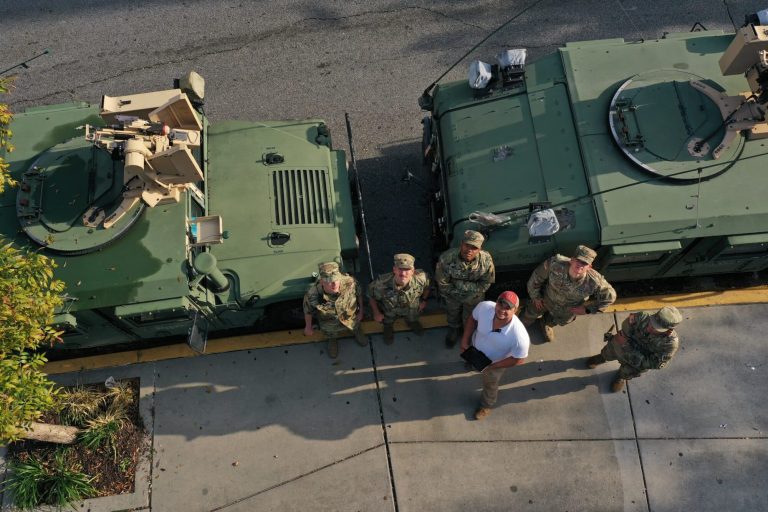
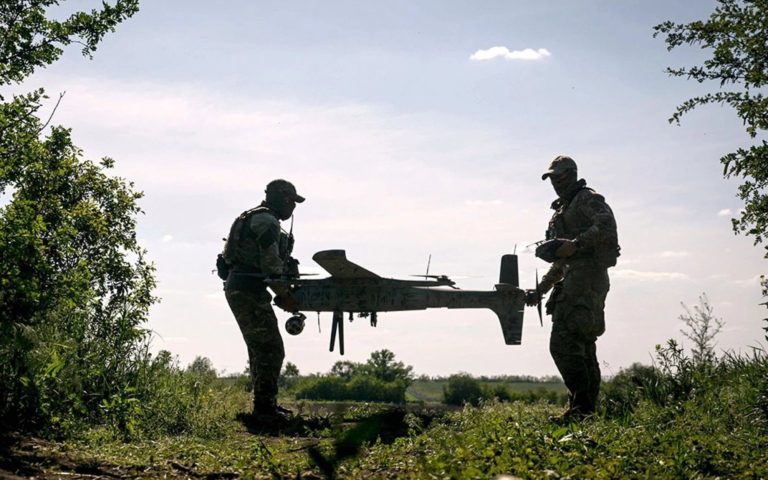

+ There are no comments
Add yours